Are you prepared to elevate your music-listening experience?
Take a look at passive stereo speakers. These powerful audio equipment have the ability to improve your music setup and revolutionize your sound.
Whether you're a serious music fan or simply want to enjoy high-quality audio, switching to passive stereo speakers can make a significant difference.
In this post, we'll look at passive stereo speakers and how they can improve your entire music-listening experience. Prepare to unleash the full power of your music setup and immerse yourself in sound.
Understanding the Power of Passive Stereo Speakers
Passive stereo speakers are an essential part of any high-quality audio system. These speakers are exceptional at delivering wonderful sound and transforming your music listening experience.
Passive stereo speakers lack built-in amplifiers, so they must be powered by an external receiver or amplifier. This provides more freedom and customization in your audio setup.
Passive stereo speakers have the advantage of being able to handle higher power outputs. They may offer a rich and dynamic range of sound with the correct amplifier, which allows you to experience the song.
Passive speakers also have the advantage of being upgradeable. Because the power supply is separate, you may upgrade or replace components individually and adapt your arrangement to your personal needs.
Furthermore, passive stereo speakers frequently deliver more precise and rich sound reproduction, which helps you to maintain the nuances and subtleties of your favorite tunes.
Passive stereo speakers also can be used with a variety of audio systems, making them versatile and adaptable.
They may provide an immersive and compelling soundstage when you're setting up a home theater, or simply upgrading your living space with high-quality audio.
Choosing the Right Passive Stereo Speakers for Your Music Setup
Several variables must be considered when purchasing passive stereo speakers for your music setup. To begin, think about the size and arrangement of your listening environment. Floor-standing speakers may be more suited to larger rooms, but bookshelf or compact speakers may be better suited to smaller areas.
Next, consider the frequency response of the speakers. A wider frequency response range allows you to enjoy a greater variety of sound. Then you also need to consider the speakers' sensitivity rating, as better sensitivity means they can deliver louder levels with less power.
It's also critical to examine your amplifier's or receiver's power output and speaker impedance compatibility. Making sure the amplifier and speakers are properly matched reduces distortion and damage to the equipment.
Installation and Placement: Optimizing Your Passive Stereo Speakers
Proper installation and smart positioning of your passive stereo speakers are critical for improving their performance and your listening pleasure. Begin by determining the best listening position in your space, also known as the "sweet spot." This is the location where the soundstage of the speakers is most balanced and immersive.
When it comes to speaker placement, remember the "rule of thirds." Position the speakers' one-third of the way into the room, keeping them away from walls and corners to reduce unwanted reflections and bass buildup. To improve stereo imaging and concentration, experiment with speaker toe-in angles, angling them slightly towards the listening position.
Additionally, make certain that the speakers are situated at an adequate height. When seated, use strong stands to elevate bookshelf speakers to ear level. Floor-standing speakers should be placed at a height that corresponds to your ear level for best sound dispersion.
Finally, consider the overall acoustics of the room. Consider using acoustic treatments such as diffusers, absorbers, or bass traps to reduce unwanted reflections and echoes for more accurate and balanced sound reproduction.
Following those installation and placement suggestions, you may enhance the performance of your passive stereo speakers in your home audio setup.
Unveiling the Difference: Passive vs. Active Stereo Speakers
Understanding the difference between passive and active speakers is critical when selecting stereo speakers for your audio setup. Passive stereo speakers must be powered by an external amplifier or receiver, whereas active speakers contain built-in amplifiers. This distinction has ramifications for personalization, flexibility, and convenience.
Passive speakers provide more options for pairing with different amplifiers or receivers. This allows you to tailor your audio system to your tastes and upgrade individual components as needed.
Active speakers, on the other hand, are an all-in-one solution that eliminates the need for a separate amplifier and provides a quick setup process.
Passive speakers allow you to experiment with different amplifier combinations and adapt the sound to your preferences. If you have a pair of passive speakers, you can check the Arylic A50+ amplifier or the H50 Airplay 2 amplifier. After that, you can choose the suitable one.
Active speakers, on the other hand, are often equipped with an amplifier that is specifically matched to their internal components, resulting in a more optimized and integrated system.
Like the Arylic WBC65 In-ceiling speaker, it already comes with an amplifier so you do not need to combine it with an extra one.
When it comes to convenience, active speakers provide simplicity and ease of use because no additional equipment is required.
They are frequently plug-and-play, making them ideal for users looking for a simple setup. Passive speakers require a bit more setup and adjustment, but they offer more customization and expansion opportunities.
Enhancing Your Music Experience: Tips and Tricks with Passive Stereo Speakers
Passive stereo speakers have the ability to transform your music listening experience. Consider using a few tips and tactics to improve their performance and increase your listening enjoyment.
First and foremost, ensure proper speaker positioning. Experiment with different positions, aiming for an equilateral triangle between the speakers and the listening position. This enables more immersive soundstages and balanced stereo images.
Next, consider acoustic remedies to improve the overall acoustics of the room. Sound-absorbing panels or diffusers can help to reduce undesired reflections and echoes, resulting in cleaner and more accurate sound reproduction.
Investing in high-quality speaker cables and connectors can also make a significant impact on sound quality. Choose cables with adequate gauge and insulation to reduce signal loss and interference.
Furthermore, don't overlook the significance of a high-quality amplifier or receiver. Choosing one that works well with your speakers can have a major impact on sound quality.
Finally, spend some time fine-tuning your system with equalization. Experiment with different bass, midrange, and treble settings to find a sound signature that suits your tastes and the features of your listening environment.
You can unlock the full potential of your passive stereo speakers by adopting these tips and methods, immersing yourself in a rich, detailed, and engaging musical experience that brings your favorite tracks to life.

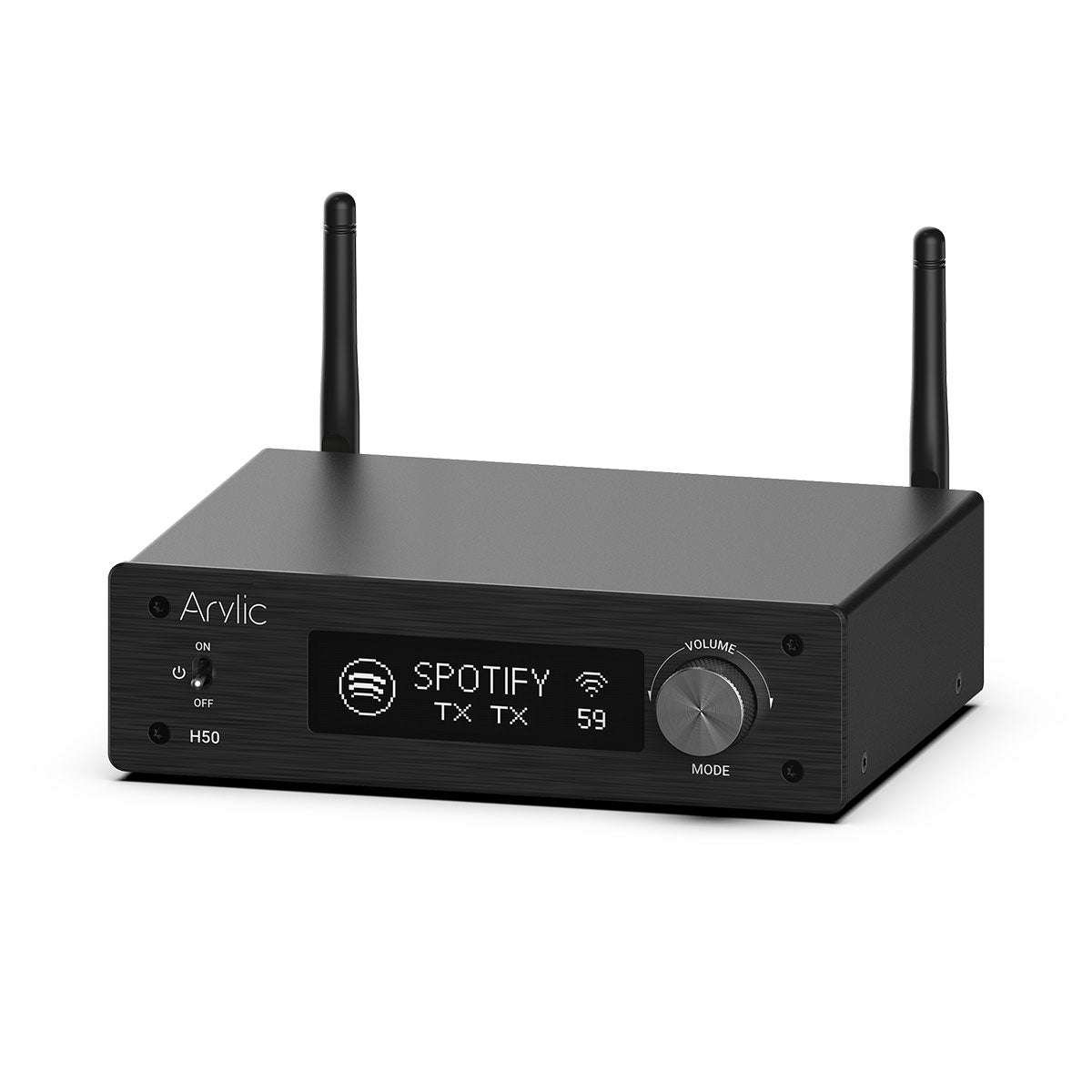

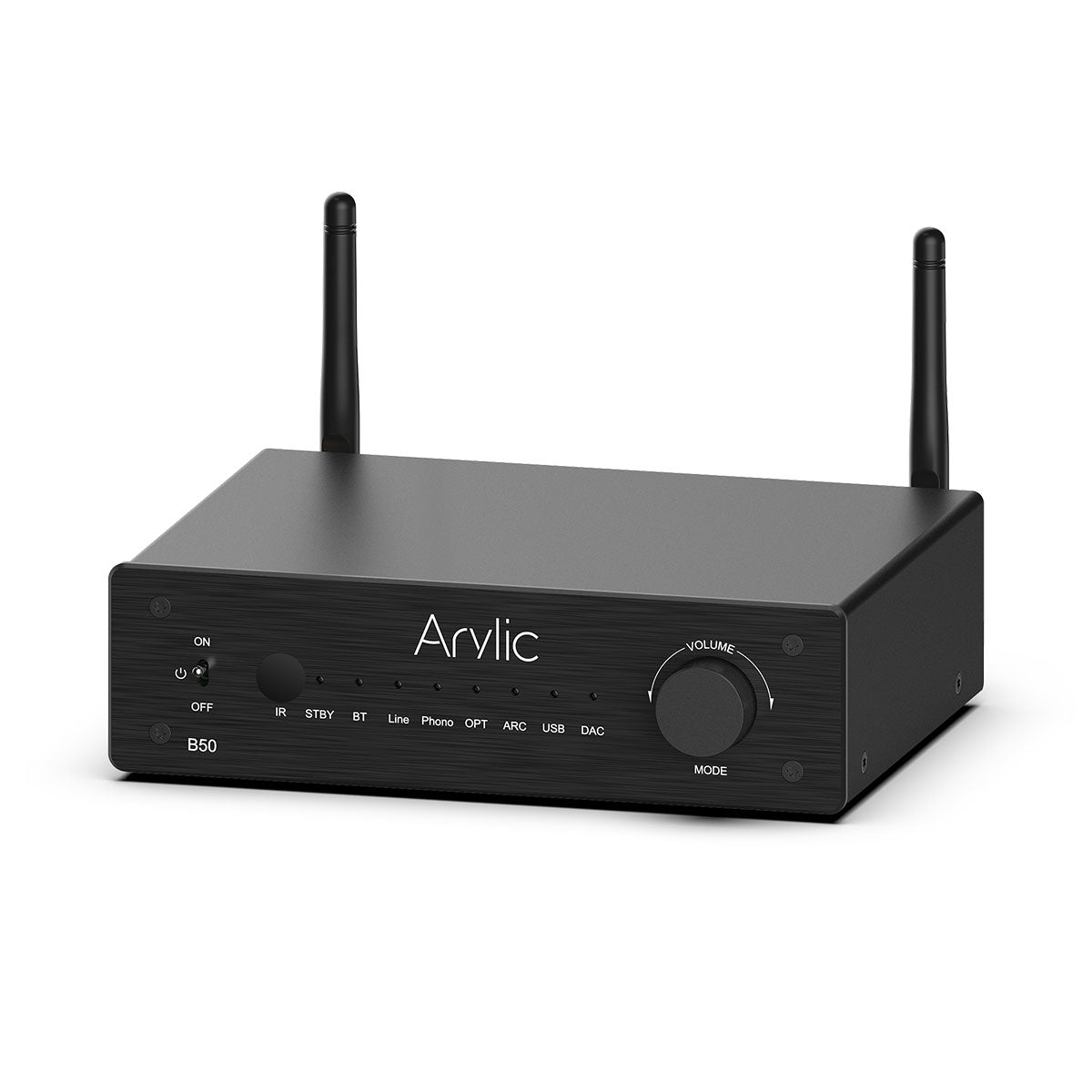
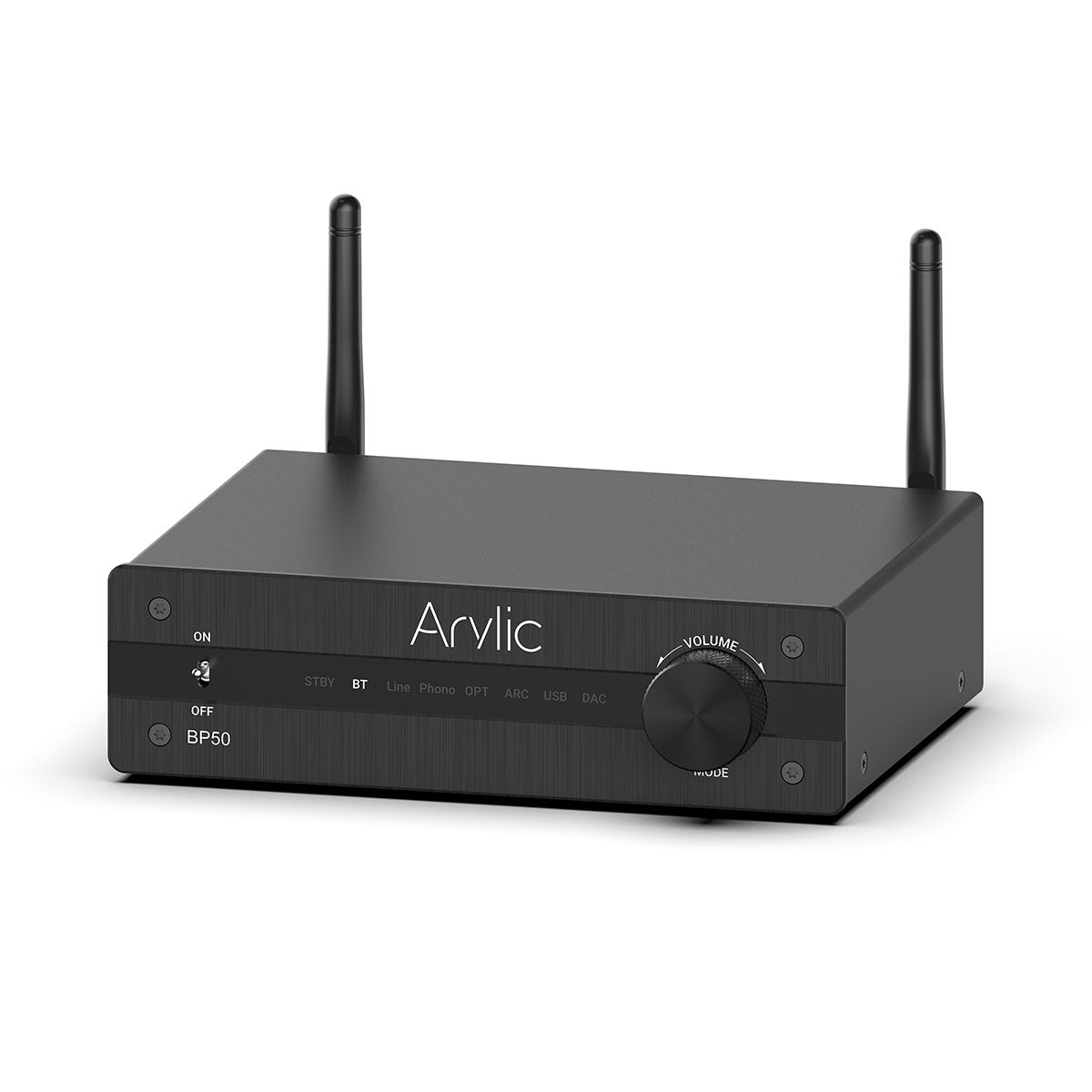
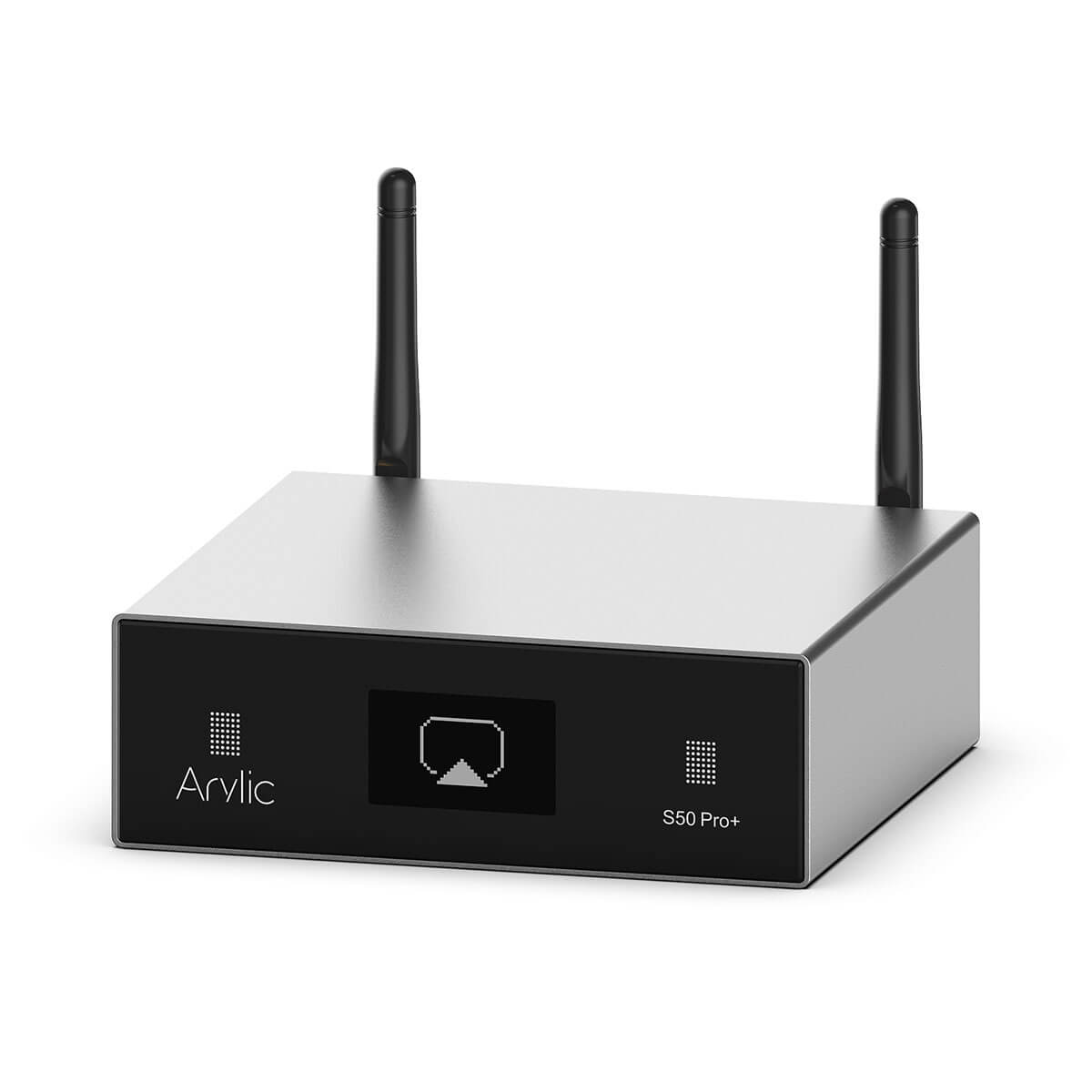
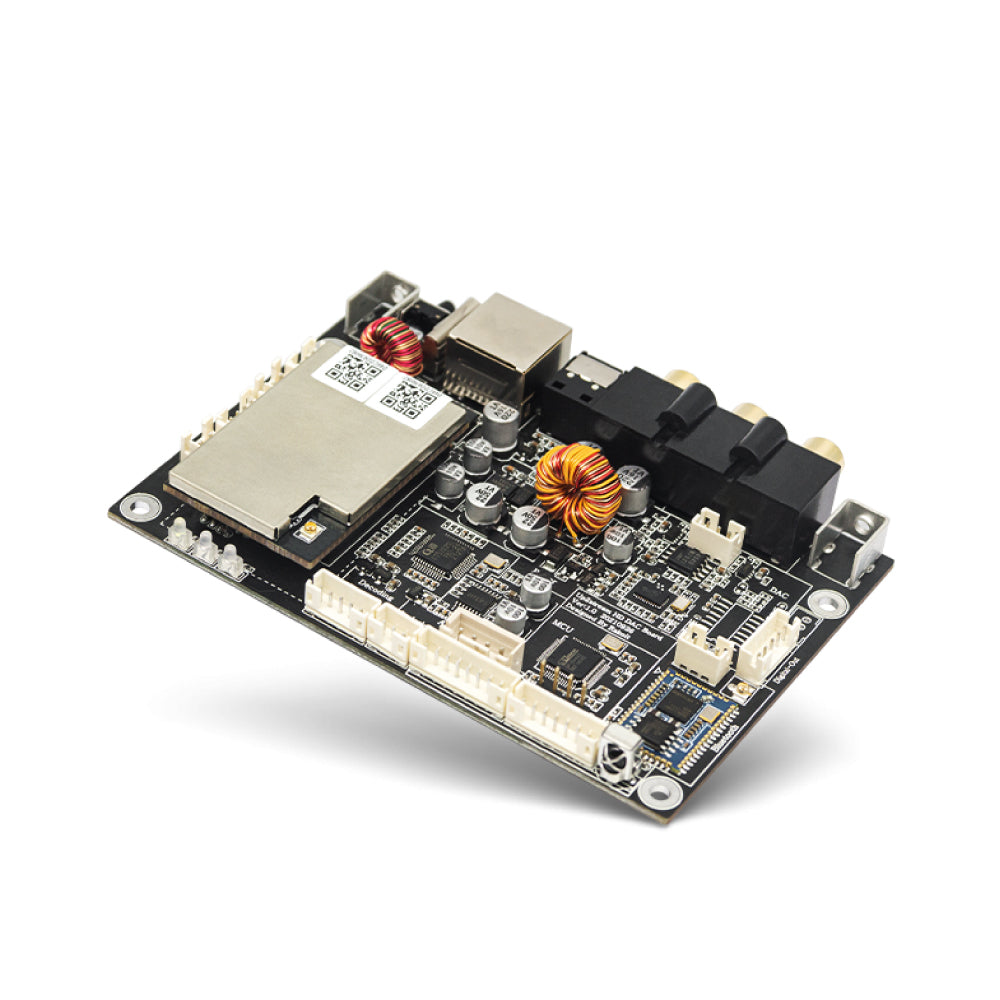
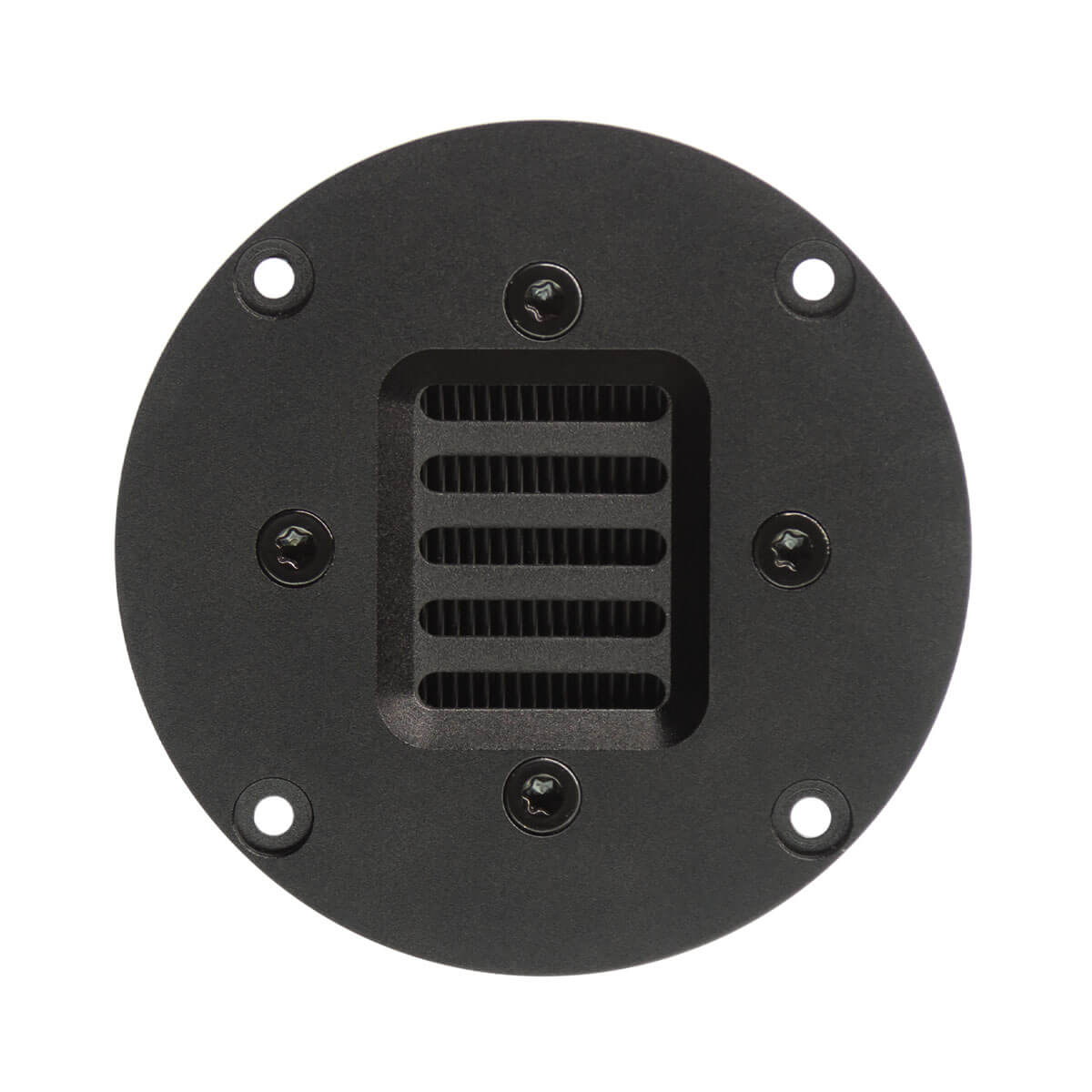
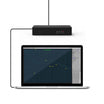
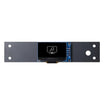
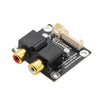
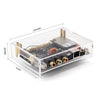
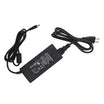
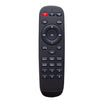

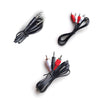
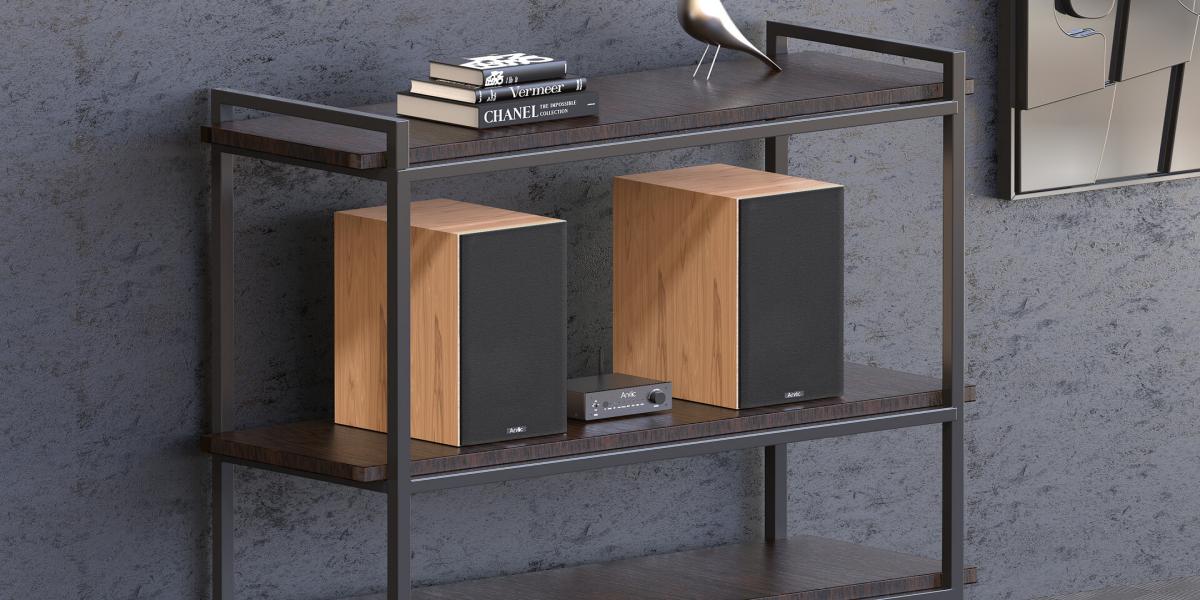
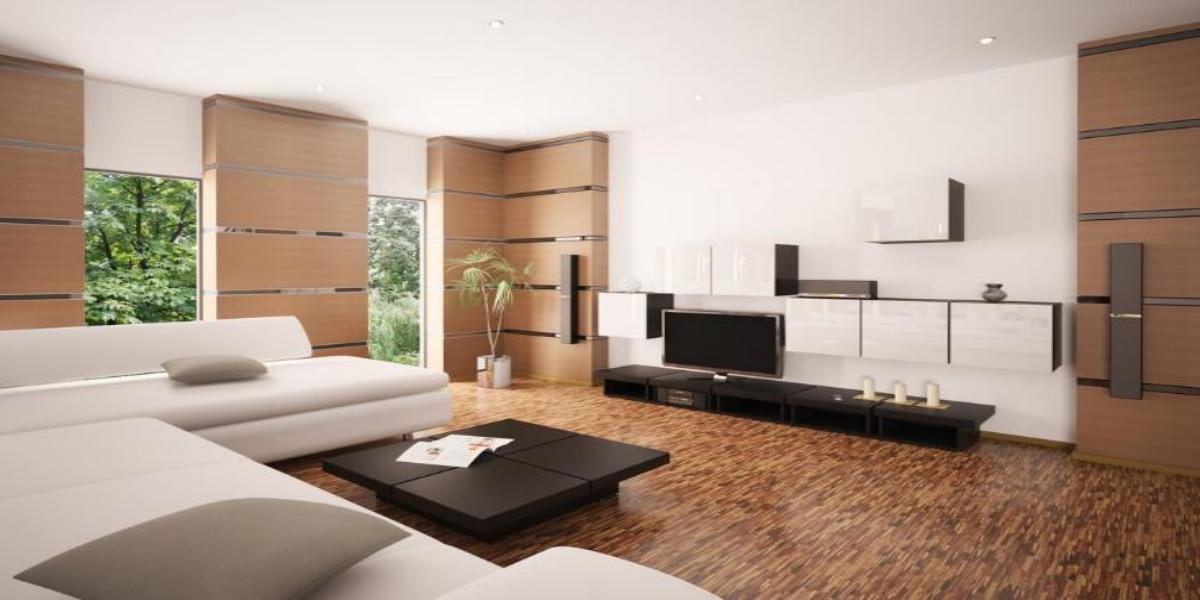

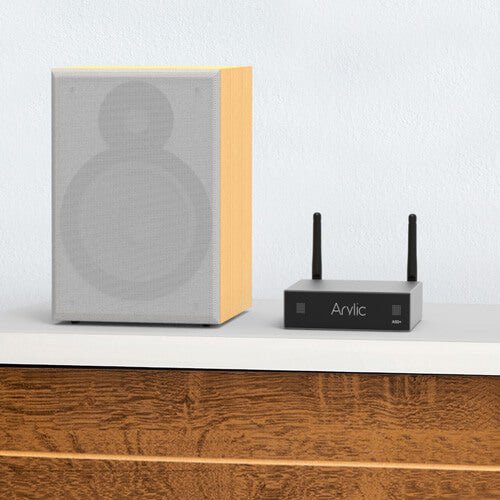
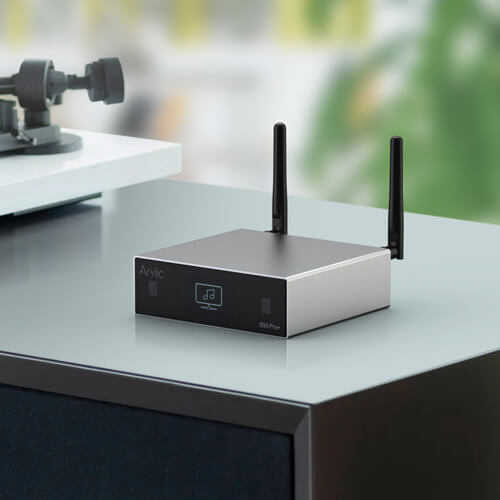
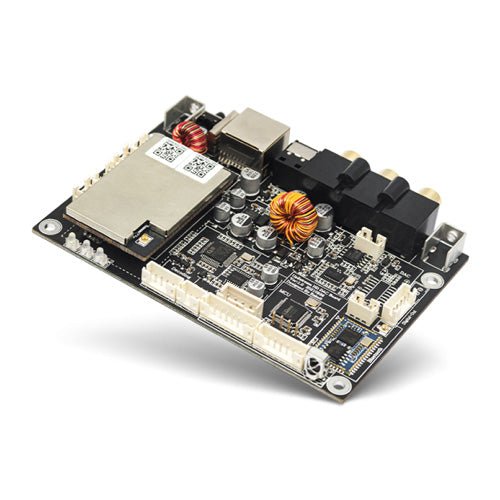

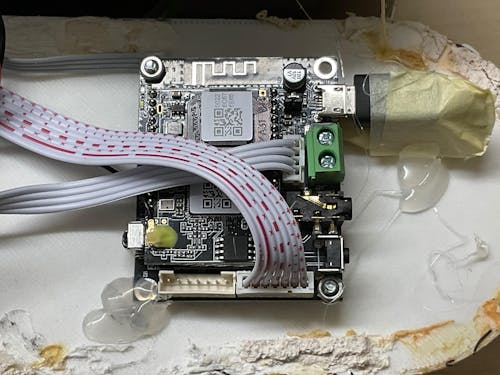

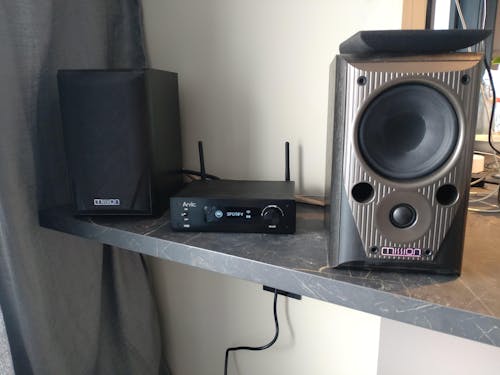
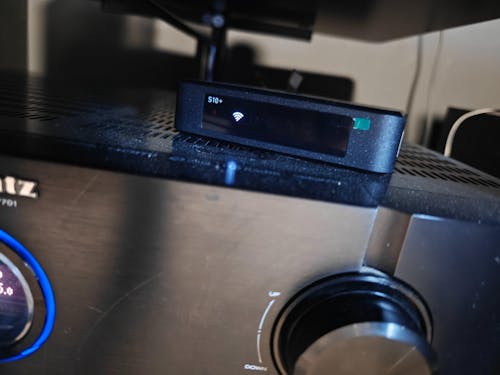
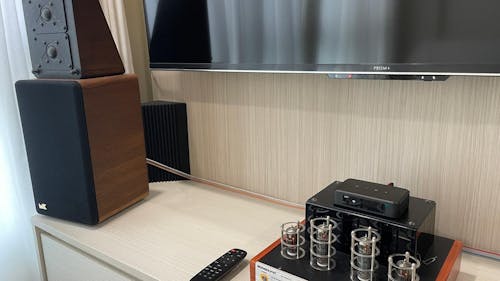


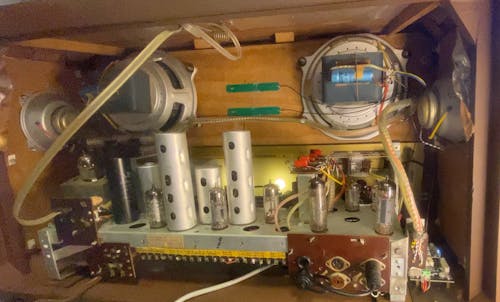
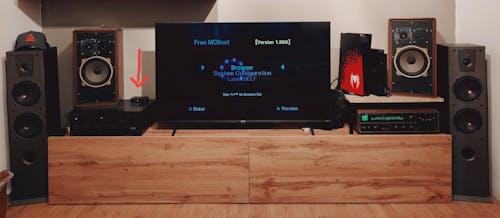
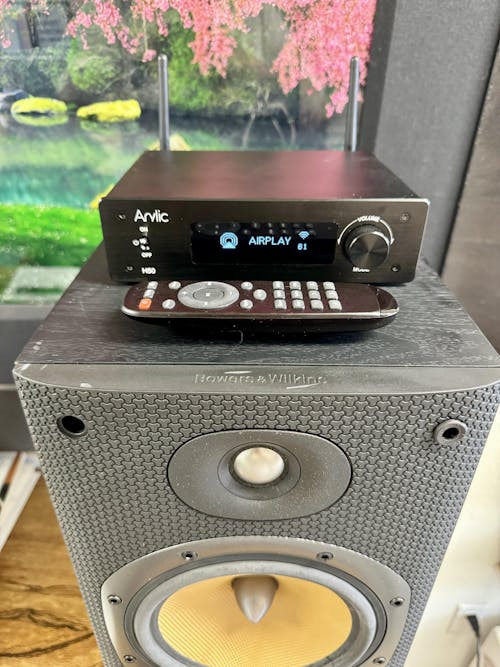

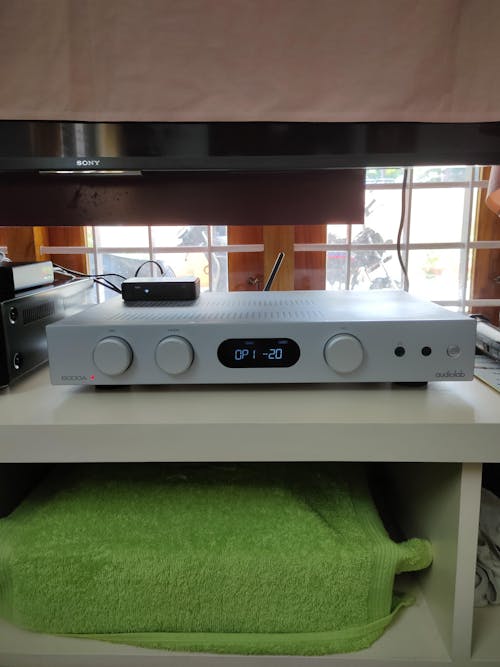
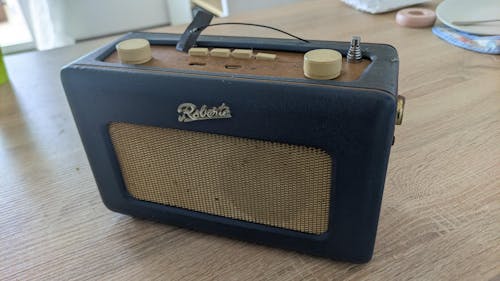
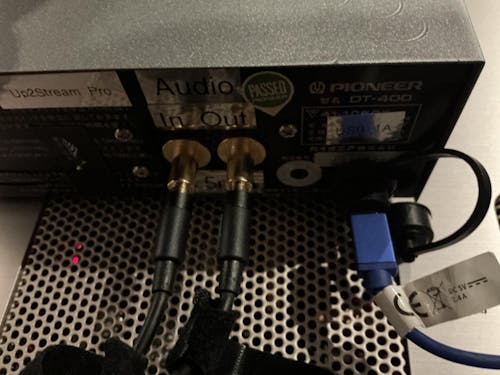
Leave a comment
All comments are moderated before being published.
This site is protected by hCaptcha and the hCaptcha Privacy Policy and Terms of Service apply.